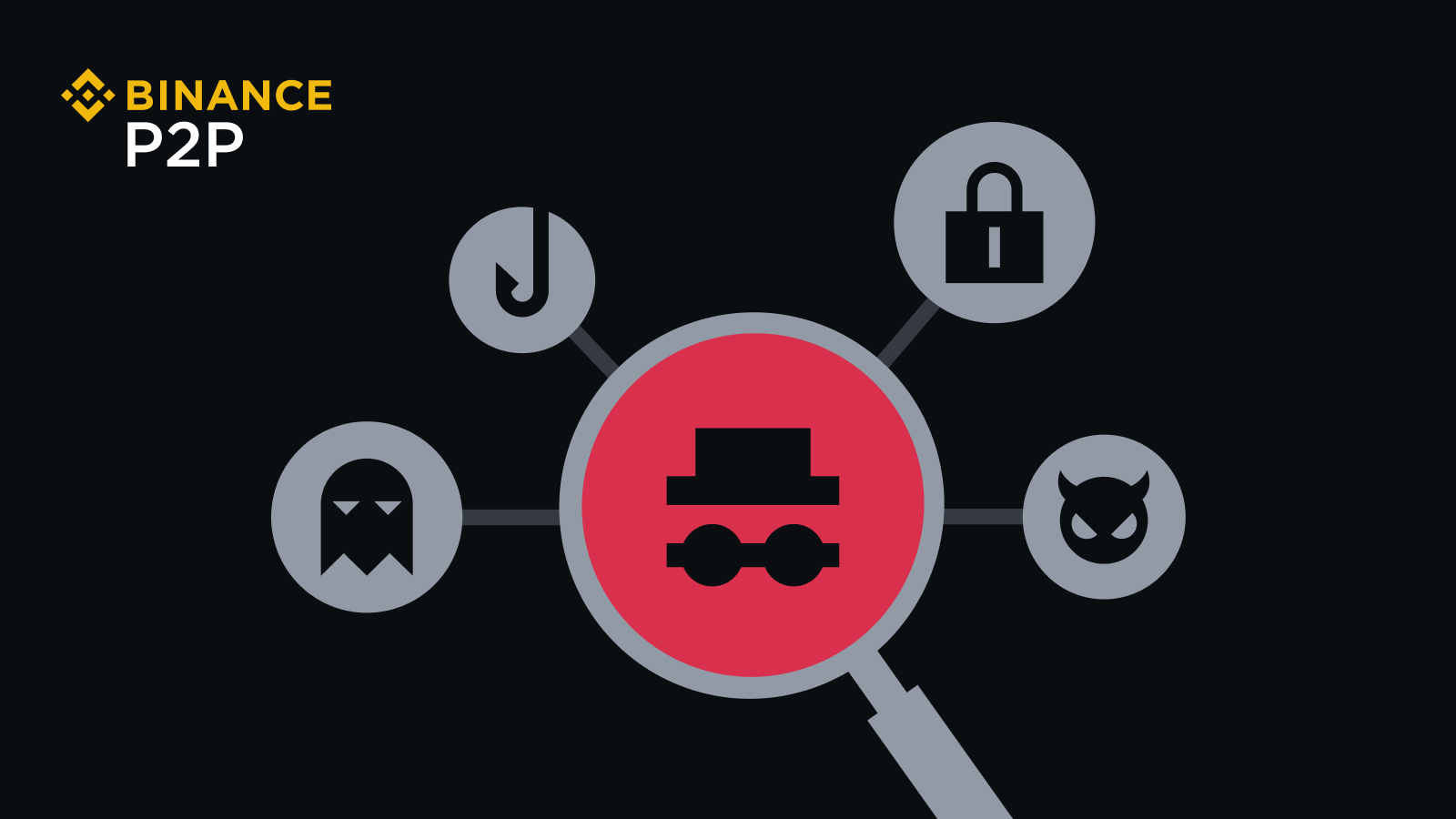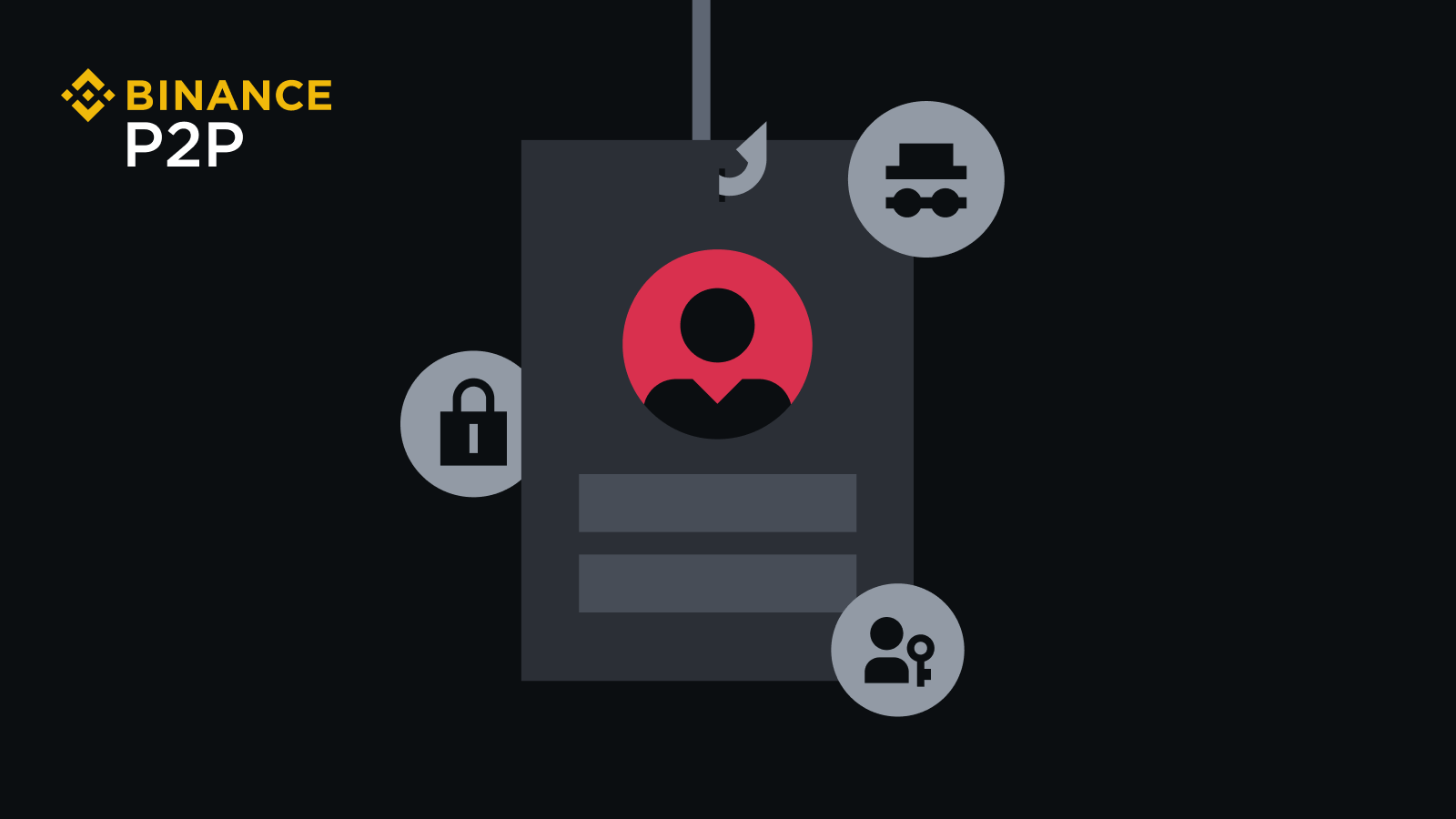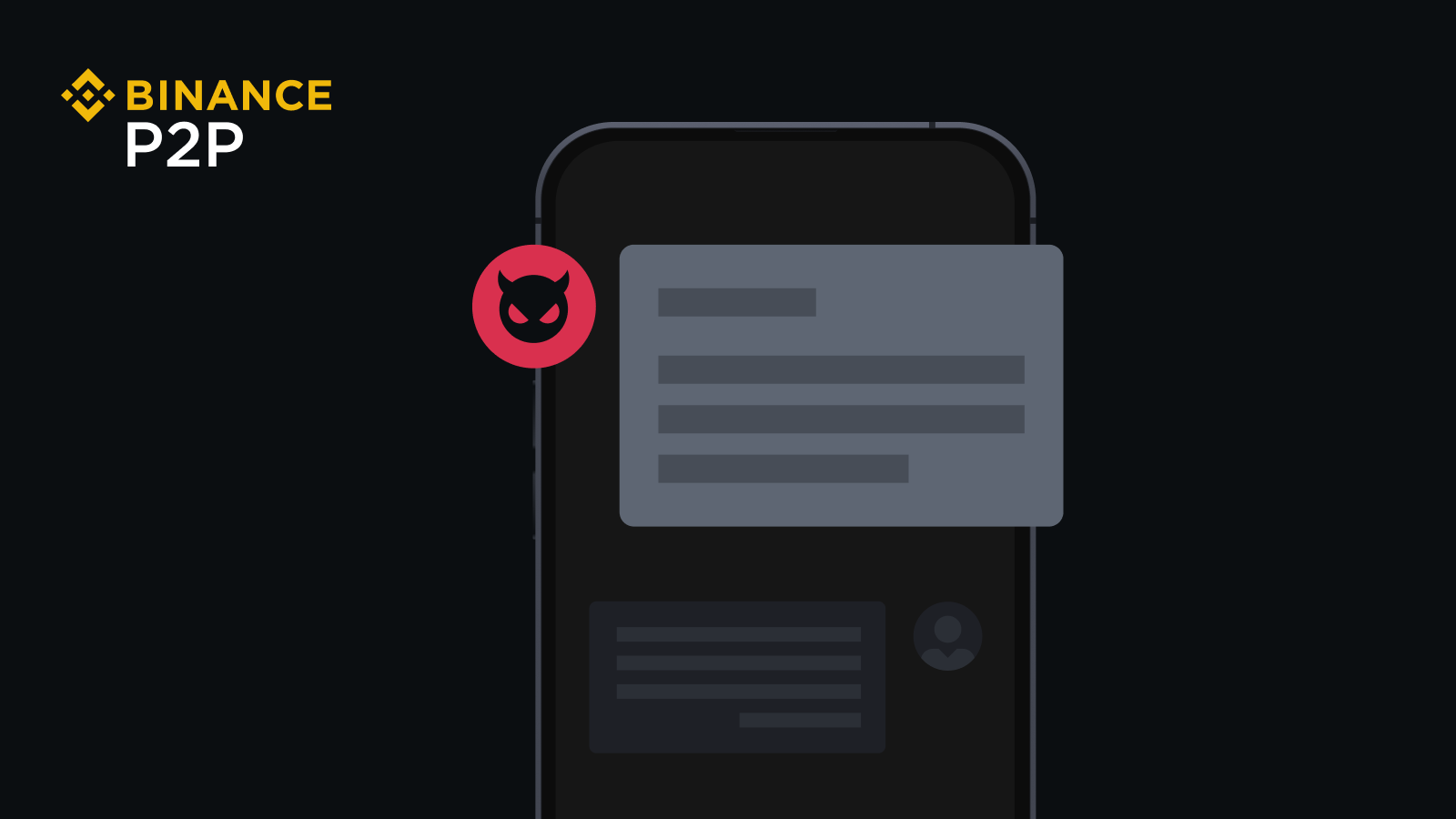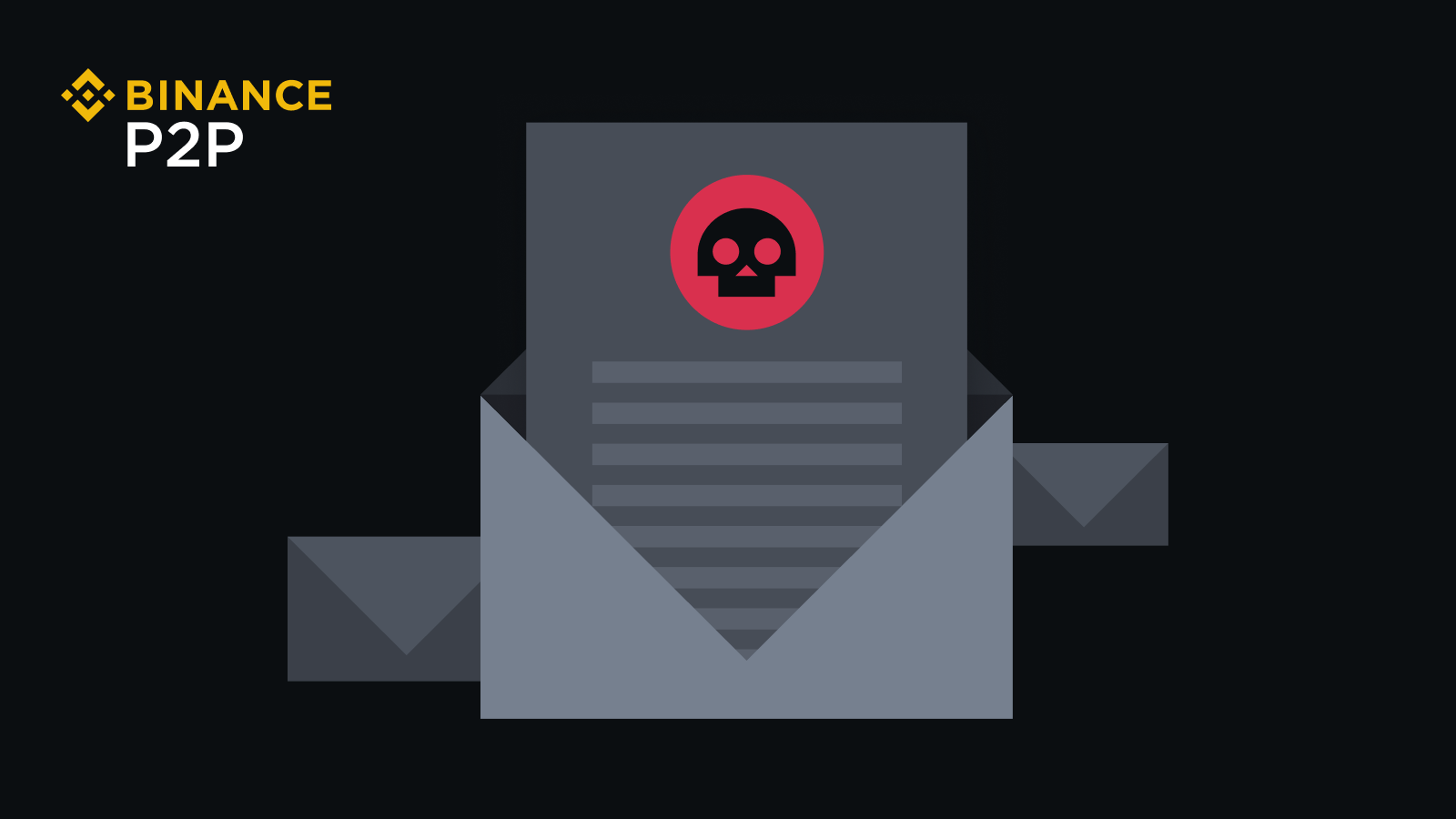The main point
This blog aims to educate users about cryptocurrency fraud that is prevalent in peer-to-peer (P2P) markets, especially rampant in developing countries.
Some of the most common cryptocurrency scams on Binance P2P include account selling scams, SMS scams, and email scams.
We also discuss common signs to recognize this type of fraud, as well as tips on how to avoid it.
Understanding Cryptocurrency Scams
In the rapidly evolving world of cryptocurrencies, understanding potential threats is critical. While offering many opportunities, the industry presents new openings for fraudsters to exploit the unwary.
Criminals use a variety of ever-changing tactics to trick victims into handing over their hard-earned assets. Therefore, it is very important for users to stay on top of the latest fraud trends to protect themselves and their investments.
In this blog, we will explain the three most common scams currently attacking Binance users, especially those in developing countries. By understanding how they work and the common signs to look out for, users can strengthen their defenses against these sneaky attacks.
Account Sale Fraud
In the context of Binance, account selling fraud occurs when users are lured into giving their account details to fraudsters, usually with promises of large monetary rewards. These transactions typically involve selling Binance accounts and the bank accounts linked to those accounts.
Then, fraudsters pretend to be sellers and advertise fake products or services to people who do not use the Binance platform. The fraudster's plan is generally to receive payment for fake products or services in the bank account linked to the Binance account being sold. The fraudster used these stolen funds to purchase cryptocurrency on Binance P2P.
The victim realizes he has been conned when the product or service he paid for does not exist. The victim will report this fraud so that the bank account linked to the Binance account being sold is frozen. This suspension may also affect other accounts linked to the account, including the accounts of P2P counterparties that were fed by the stolen funds.
The person who originally owned the account could end up in serious legal and financial problems, even if he or she is unaware of what is happening. Therefore, never share or sell Binance account or bank account details.
Tips to protect yourself
Increase your understanding of the rules surrounding your bank account and Binance account as these regulations usually restrict selling or sharing the account with others.
Actively monitor your accounts for suspicious transactions, change your passwords regularly, and enable two-factor authentication for an extra layer of protection.
If there is any indication that your account may have been compromised, immediately report these details to your bank and Binance. Additionally, make sure you contact our customer support team to limit potential losses.
SMS scam
SMS fraud occurs when fraudsters send fake text messages to trick victims into thinking that they have received money. Fraudsters can make SMSes look like similar messages sent by banks or digital wallet apps to their users. Thus, these messages can trick users into thinking that the user has actually received funds in their bank account thereby encouraging the user to release the order.
Tips to protect yourself
Always double check your bank or e-wallet to ensure payment confirmation before making any transactions.
Be careful and verify payment information directly with your bank or e-wallet, not just via SMS notification.
Email Fraud
In email scam, fraudsters use social engineering tactics to trick users into believing that their real money, such as dollars or euros, is safely stored in a Binance escrow account. Then, the fraudsters insist that users must release their digital currency.
Users will typically receive fake emails that appear to be from Binance that falsely state that the user's real money is waiting for them in Binance's escrow service. These deceptive emails may also try to scare the user into believing that the user's account will be blocked if he does not release his digital currency.
Fraudsters basically want users to hand over their digital currency before the user realizes that the real money is not actually in the user's account.
Tips to protect yourself
Binance P2P does not process fiat currency payments or store them in an escrow service.
You can use the Binance Verify service to verify your email address and other account credentials.
Always make sure you check your bank account or wallet to confirm that you have received full payment for all pending P2P transactions.
Getting started with Binance P2P
Ready to start trading on Binance P2P? Sign up for a new Binance account or download the Binance app. After completing the identity verification process, you can start buying and selling cryptocurrencies on Binance's P2P marketplace and enjoy the benefits of the platform.
Further Reading
Disclaimer: Your use of the Binance P2P service and all information and other content (including that of third parties) included in or accessible from the Binance P2P service is a decision based on your own risk considerations. Our sole responsibility is to handle crypto transactions. All payments are final upon completion unless otherwise required by law. The Binance P2P Platform has no right or obligation to resolve any disputes arising from completed payments. Neither the Binance P2P platform nor the merchant is responsible for any of your losses in completed payments.










